Research Brief: Measuring Oxygen and Temperature Changes in Arctic Lakes Impacted by Climate Change
1Arctic lakes are uniquely impacted by climate change, which destabilizes the cryosphere, leading to the melting of glaciers and permafrost. Ice dynamics such as ice formation, breakup and melting events are also heavily influenced by the changing climate. Such changes can reshape arctic lake ecosystems.
A 2024 study published in Geophysical Research Letters measured oxygen and temperature shifts in rapidly warming arctic lakes. A high Arctic lake in Northern Ellesmere Island was chosen as the study focus due to the region’s sensitivity to climate change.1
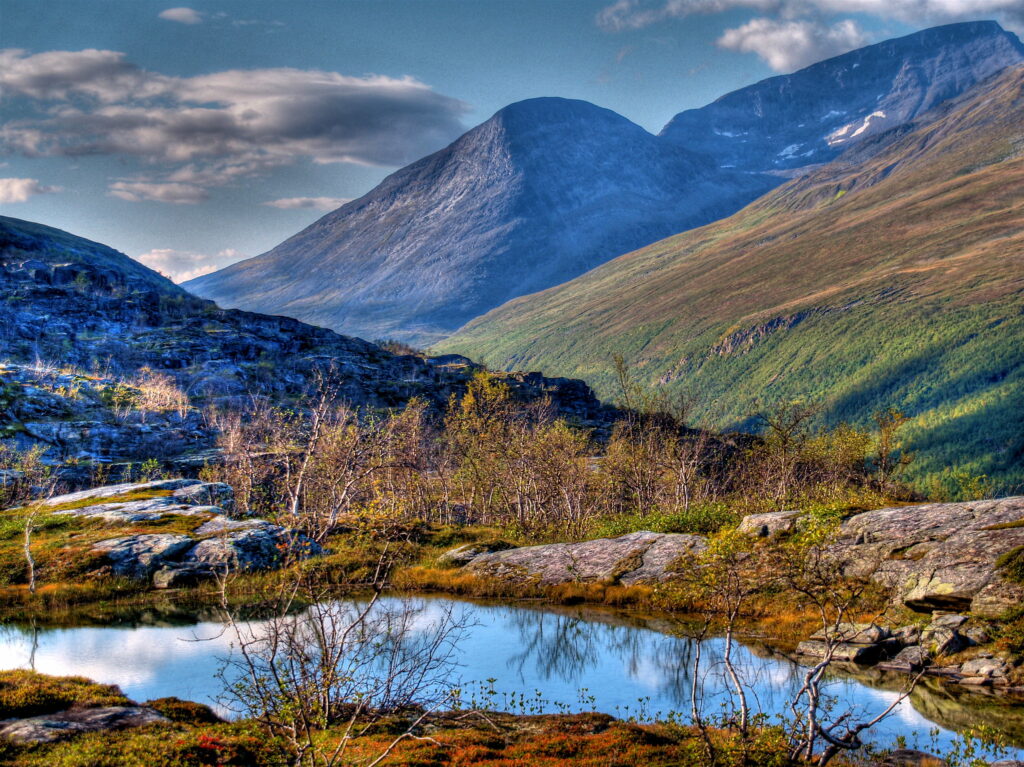
A small mountain pond and fells surrounding Bárrás. August 2006. (Credit: Ville Miettinen via Flickr CC BY-NC 2.0)
Methods
Three complete annual cycles of dissolved oxygen, temperature, and specific conductivity were monitored in a coastal high Arctic lake adjacent to the Last Ice Area. A buoy was deployed on the lake and measured the target parameters at different depths.
A PME miniDOT, HOBO Water Temperature Pro v2, and U24 conductivity loggers were moored on the lake and recorded dissolved oxygen (0.5, 2, 4, and 6 m), water temperature (0.5, 1, 1.5, 2, 3, 4, 5, and 6 m), and specific conductivity (6 m) every hour.1
The collected data was compared with variations in lake and sea ice as well as climate conditions “to evaluate the limnological responses to differences in air temperature, irradiance, wind, and ice conditions at timescales from hours to years.”1 Snowmelt, lake ice loss, and ice formation were determined using Sentinel-1 SAR imagery.
Results
Comparison between the years and correlation to climate data found sharp interannual contrasts in lake dynamics (dissolved oxygen, temperature and specific conductivity cycles) due to air temperature variability and meteorological events.
For example, dissolved oxygen was heavily influenced by air temperature and ice conditions at the surface of the lake. Depending on the onset of cooling or heating events, various mixing regimes led to variances in dissolved oxygen concentrations.
Exposed land became visible around June 27, 24, and 24 in 2019, 2020, and 2021, respectively. Ice conditions were first recorded on July 21, 22, and August 1 in 2019, 2020, and 2021, respectively. Ice formed again around September 12, 8, 5 in 2019, 2020, 2021, respectively.1
Understanding the impact of climate change and the future changes that lakes in the high Arctic will experience is important in two ways.
First, as sentinels of environmental change, Arctic lakes serve as indicators of climate change. Second, shifts in water quality can impact ecological services to human communities that rely on the lakes for drinking water and food (fishing). Even changes in ice dynamics may be felt by these groups who rely on the lake’s freezing each year for transport.
The study concludes that high Arctic lakes are undergoing major changes in dissolved oxygen and temperature regimes due to climate change. As climate change is expected to worsen, early observation of these impacts is key to predicting the future of these lakes and the surrounding communities.
Source
- Klanten, Y., MacIntyre, S., Fitzpatrick, C., Vincent, W. F., & Antoniades, D. (2024). Regime Shifts in Lake Oxygen and Temperature in the Rapidly Warming High Arctic. Geophysical Research Letters, 51(6), e2023GL106985. https://doi.org/10.1029/2023GL106985




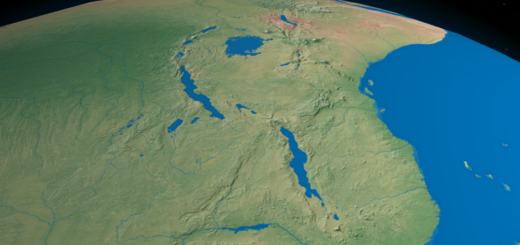
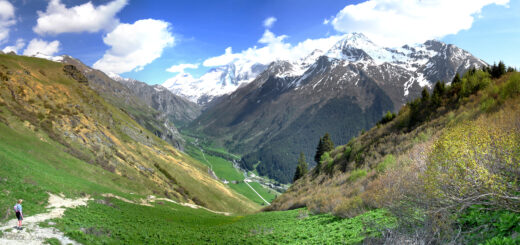
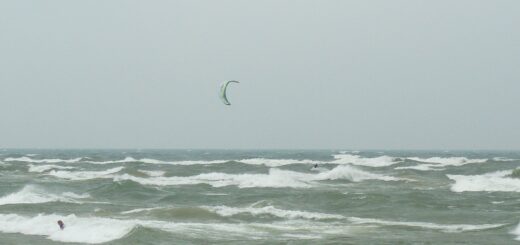
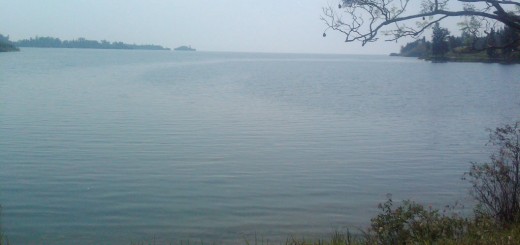





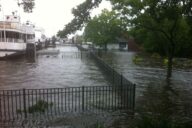
[…] Research Brief: Measuring Oxygen and Temperature Changes in Arctic Lakes Impacted by Climate Change […]